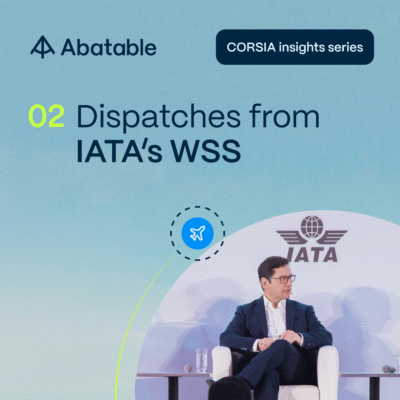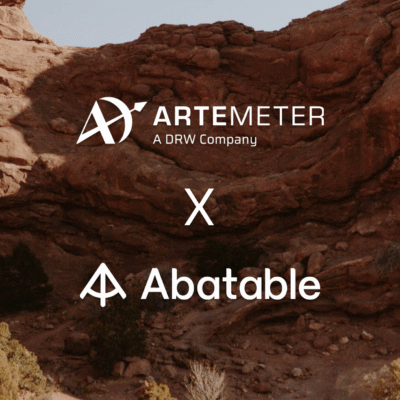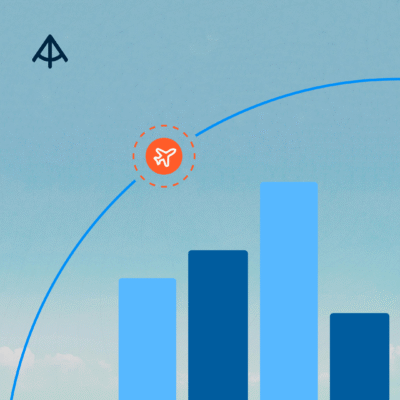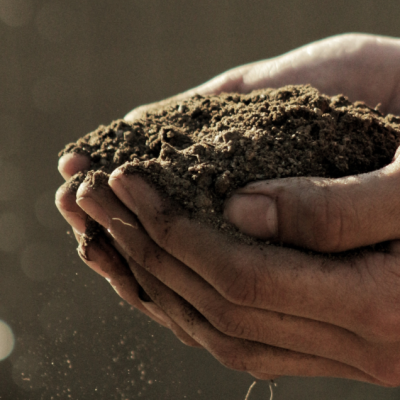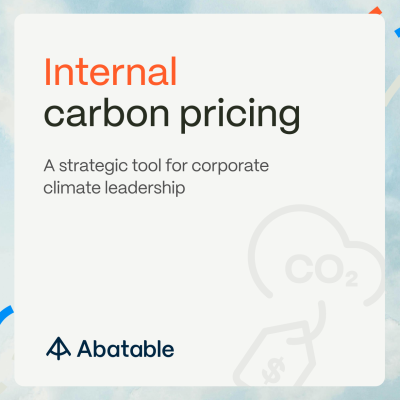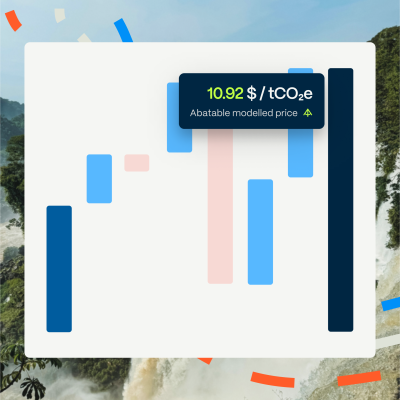Unsustainable farming practices have driven a release of carbon from soils over time, contributing to rising carbon dioxide levels in the atmosphere. On top of this, there are claims that we only have “60 years of farming left if soil degradation continues”. Restoring soils could reverse this development, consequently sparking a flare of research into counteractive practices.
Soil carbon definition
Soil carbon refers to solid carbon stored in soils, existing in organic and inorganic forms. Soil organic carbon is present within soil organic matter, such as plant and animal waste, microbes, and microbial byproducts. In contracts, soil inorganic carbon embodies mineral forms of carbon produced by weathering parent material in soil or from the reaction of soil minerals with atmospheric carbon dioxide. An important distinction between these two forms is that inorganic carbon has a much higher permanence potential than organic carbon.
Benefits of soil carbon practices
Despite the high switching costs, increasing soil carbon quality can be advantageous for farmers. The primary incentive for farmers is the potential increase in yields over the long term due to improved water quality, soil structure, and nutrient quality. In addition to these environmental benefits, the financial incentives to transition to more sustainable practices include the revenue from these higher yields, carbon credit sales, and savings from new techniques (e.g., reduced financial outlay due to diminished fertiliser use).
In addition, the potential contribution of net emission reduction by 2030 from carbon sequestration in agriculture and reduction of methane and nitrous oxide emissions in agriculture are approximately 4 GtCO₂e per year.
Soil Organic Carbon Practices and Methodologies
Note: For this article, we have focused on methodologies purely for soil organic carbon (SOC) agricultural practices. SOC practices are highly established in comparison to other practices. We intend to cover additional soil carbon practices and methodologies in subsequent articles.
Various practices are available to improve the quality of soil organic carbon and issue certified carbon offsets, including livestock grazing management, cover cropping, reducing tillage, and switching to organic inputs.

Soil organic practices are not explicitly removals but also contain an avoidance component, which can be sizeable and highly impactful given the significant emissions caused by traditional agricultural practices. (Further reading: What is the difference between carbon removal and avoidance projects?)
At Abatable, we have reviewed 15 currently available methodologies that support these practices and concluded that while some are more stringent, developers must go beyond the minimum requirements laid out in each methodology if they want to ensure high-quality carbon offsets. The diagram below shows a preview of our assessment of 3 of these methodologies, demonstrating part of the detailed examination conducted during our quality assessment. (Further reading: White Paper: Abatable’s Quality Framework)
Risks of Soil Carbon Projects

We will discuss six critical risks associated with soil carbon projects: additionality, variability, quantification, permanence, scalability, and land ownership.
Additionality
When considering additionality, we assess whether the avoidance or removal of emissions would have occurred without carbon finance. It is challenging to demonstrate the additionality of some sustainable agricultural practices due to underlying economic incentives for adoption, including cost savings and increased revenue. Unfortunately, we cannot rely on some protocols because of a lack of tests or inadequate assessment of additionality.
Despite this, scepticism of sustainable practices is high amongst farmers because it can impact short-term profits, and uncertainty is associated with its adoption. As a result, farmers are often paid upfront to diverge from conventional practices, often passed down over generations, representing a role of carbon finance in overcoming this social hesitance.
In addition to the above, we think it necessary to comment on additionality considerations, particularly fairness for farmers already deploying sustainable practices. These farmers may struggle to demonstrate additionality and be ineligible for carbon credits. This can make it seem that farmers are being “punished” for voluntarily trying to do the “right thing”.
Variability and Quantification
Soil carbon within soils exhibits temporal and spatial variation. This means that the quantity of soil carbon varies significantly throughout the project’s lifetime and also over the area (which can occur at a highly granular level). This variability makes it difficult to accurately predict the change in soil carbon over the project’s lifetime. As a result, developers have sought to stratify areas into plots with homogenous characteristics; however, this is no easy task.
As a consequence of variability, quantification is also a challenge for developers. We have seen modelling (e.g., remote sensing), direct soil sampling, and a hybrid approach (that uses soil sampling alongside modelling) to track changes in soil carbon. Each method is subject to uncertainty/drawbacks but also has possible advantages over its alternatives. For example, we have found that sampling, while superior as an approach, requires high frequency and deep measurements, which are expensive and can disturb soils.
Permanence
Soil organic carbon stocks are vulnerable to reversal, presenting a risk to the longevity of the carbon sequestered. This risk is particularly high for annual crops, where soil carbon is typically stored in top soils with a higher density. Developers use buffer pools of credits to try and mitigate this risk; however, few of these buffers are adequate. No soil organic carbon project can currently ensure long-term permanence unless the farmer commits to adopting the sustainable practice indefinitely.
Scalability
The transition to sustainable practices has a few barriers to scalability, including transition time, the perceived high switching costs of transitioning to sustainable practices, and existing relationships with traditional input providers (e.g., fertiliser subscriptions). Therefore, the transition for farmers can be risky, costly, and slow and represents a significant barrier to adoption, particularly for smaller farmers.
Additionally, the aggregation of farmers is a challenging task from an implementation perspective, representing the scalability challenges pertinent to developers using this model.
Land Ownership
Typically, private lands can have shorter ownership periods than the average carbon project duration (i.e. less than 20 years). This discrepancy can jeopardise long-term involvement, especially if the new tenant wishes to revert to an unsustainable practice.
Closing Remarks
Despite these risks, we have seen the emergence of an aggregator model, whereby project developers combine several farm-scale projects into one project. This approach has supported reducing transaction costs associated with measurement, reporting, and verification of projects and mitigates reversal risk through accumulating a larger buffer pool. However, verification and quantification challenges still exist with soil carbon projects, meaning we screen for developers that budget for an increased level of conservatism beyond methodological requirements (e.g., a buffer closer to 50% rather than the average 10% required under specific methodologies).
We believe careful evaluation of soil carbon projects and developers can identify reputable offset options that can make a valuable contribution to corporates’ net-zero ambitions. Additionally, the climatic outcomes and co-benefits that these projects aim to achieve should support the emergence of a sustainable food production system, representing a significant benefit beyond just carbon. This represents the importance of supporting these projects by selling carbon credits to provide the necessary revenue to help farmers change practices for a more sustainable future.




